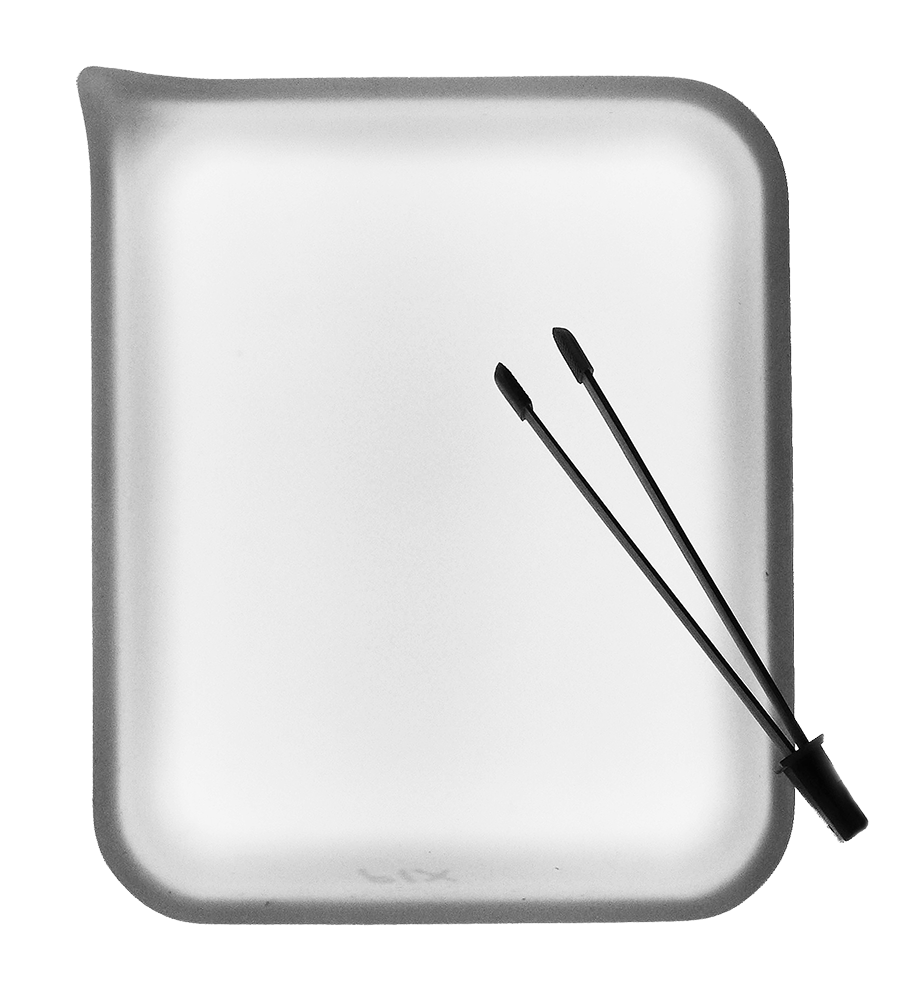scroll down for content
The Mother Tongue of Photography
Why black and white?
Wasn’t that was over decades ago, even before digital?
Black and white has been called the mother tongue of photography. In the first century or so of photography, black and white, or monochrome, was the only option, and it still remains favored by many photographic artists and documentary photographers. Monochrome is really a better term than black and white. Depending on materials and the skill of the photographer or printer there can be a large number of gray steps from white to black. It is these subtleties in gray tones that make monochrome imagery appealing. Monochrome is said to be more abstract due to the lack of color.
It all gets back to personal preference. To me, monochrome is natural to the way a camera works. Admittedly, that may be cultural conditioning, or just habit. But in many ways, I almost see through the camera in monochrome.
Why film?
Contrary to some public perception, film photography, and in particular the black and white darkroom, has not disappeared.
For years, debate raged among photographers over the comparisons, merits, and faults of traditional silver-based photography against the new digital technologies. While not totally extinguished among a few diehards (on both sides), the debate is over in the larger community as the realization has come that silver/chemical based photography and digital methods are really two different and very unique media in the same art form.
Like some photographers, I stayed with film for black and white for many years after digital moved photography in a new direction. I chose to remain with a medium in which I had developed a good deal of experience and skill over many years. In this digital age, I’ve actually achieved some acclaim as a black and white film practitioner. I have given exhibitions, lecture presentations, workshops, and even appeared on television. I’ve had my “15 minutes”. I have to say, though, that I do not necessarily enjoy darkroom work. To me it’s work, not the zen experience that many photographers claim.
However, things change. For much of digital’s early years, I viewed it as inferior to film in image quality. I got over it. “Image quality” is one of those terms that sounds objective, but despite a lot of physical measurements is still fraught with too much subjectivity as to just what those numbers mean.
I bought my first digital camera decades ago; it was a whopping 1.3 megapixels! There have been upgrades, of course. (Something not usually necessary with film cameras.) I currently use three types of digital cameras: micro 4/3, full frame DSLR, and iPhone. There is Photoshop and Lightroom on the computer, two scanners and a color printer in the house.
I read another photographer saying that (in his opinion) black and white was perfect in film, but color only became mature with digital. He may be right. I can’t say that I disagree. The bottom line, though, is that film or digital; color or monochrome; are simply personal, subjective decisions. It is no different than painters choosing oils over watercolors, or acrylics. It is simply a choice of media.
Who are we to say?
Who are we to say what is and is not photography?
There was once a thread in an online forum asking the question: “Has digital technology shaped the aesthetics of photography?” Not surprisingly, given the grumpy demographics of that particular forum, the general consensus was “no”. A few suggested, or even insisted, that aesthetics do not change. Fortunately, a few people were more realistic and one individual was succinct enough to say: “How could it not?”
How could it not, indeed? Or, for that matter, how could just the passage of time, with or without digital technology, have not changed the aesthetics of photography? Tastes change. Visual language evolves. Even in the sainted black and white film era, photographs from the 19th Century do not look like those from the 20th. Photos from the 1920s do not look like those from the 1960s.
There are many photographers who are stuck in their own vision/methodology (or their version of someone else’s vision/methodology), and some of the more militant even feel and will state out loud with little or no provocation that anything outside that method is not “real” photography. Sorry. I respectfully disagree. If one is open and looks, one will discover artists making very creative work with all types of photographic media. It is happening faster, and with more variety than ever before.
A few years back, the Texas Photographic Society sponsored a student exhibition. The show was juried by Kenda North, Professor of Photography at the University of Texas at Arlington. The works shown covered quite the spectrum of aesthetics, media, and genre; but were generally very compelling and interesting. I was struck by Ms. North’s remarks. I quote them here, as I could not have “said it better myself”:
The work submitted to this competition proves that the definition of ‘photography’ has broadened considerably in contemporary use. There is a tremendous diversity of technique and materials as well as stylistic applications. My selections are intended to honor this diversity. There are examples of straight photographic representation, both analogue and digital, as well as creative uses of montage, abstraction, staged images and technology. …
Any one of us is free to make whatever photographs we wish. I chose to make fairly conventional photographs. We are free to define our own photography however we wish. But please, we must acknowledge that our way may not be the only way.
